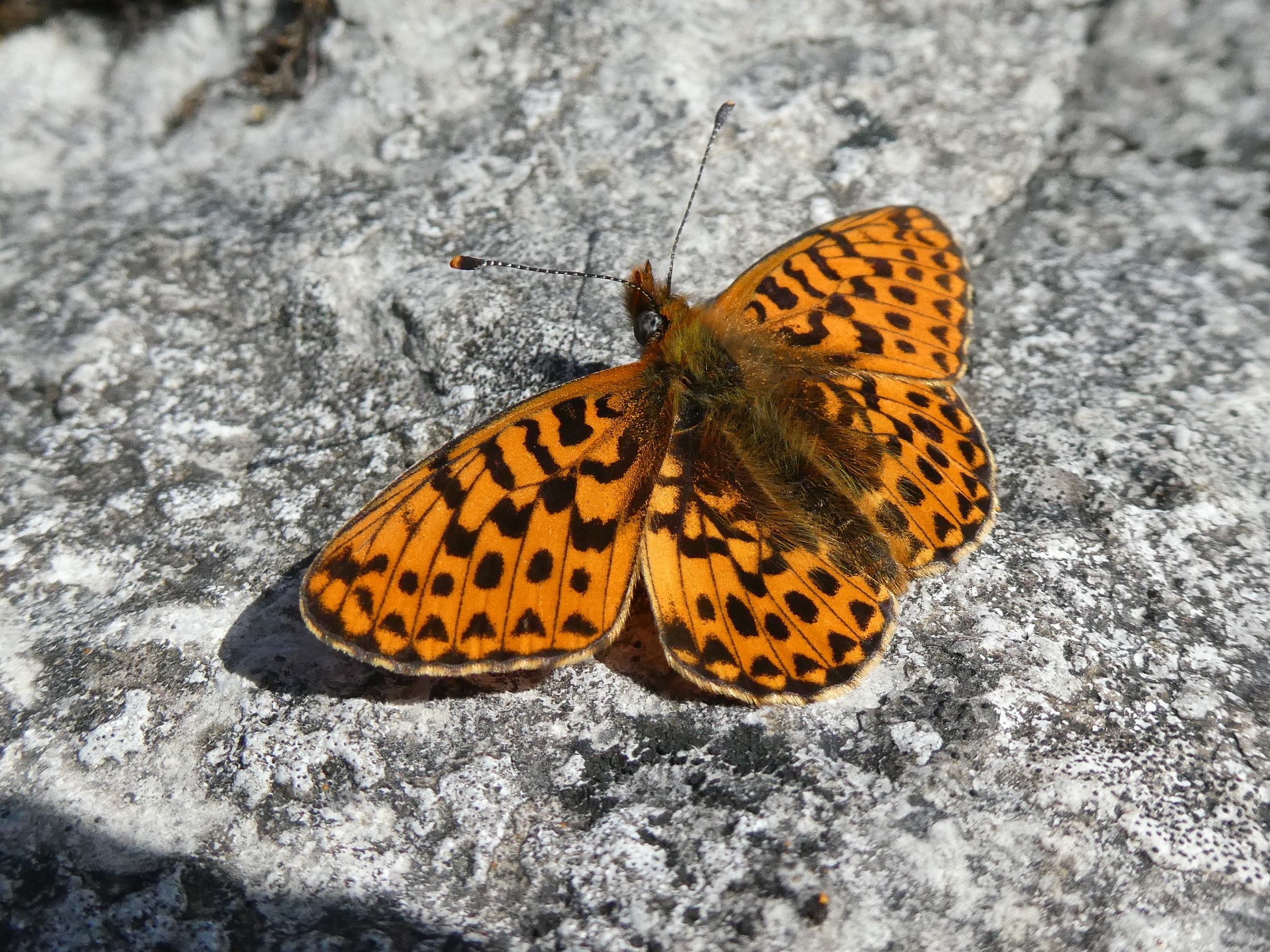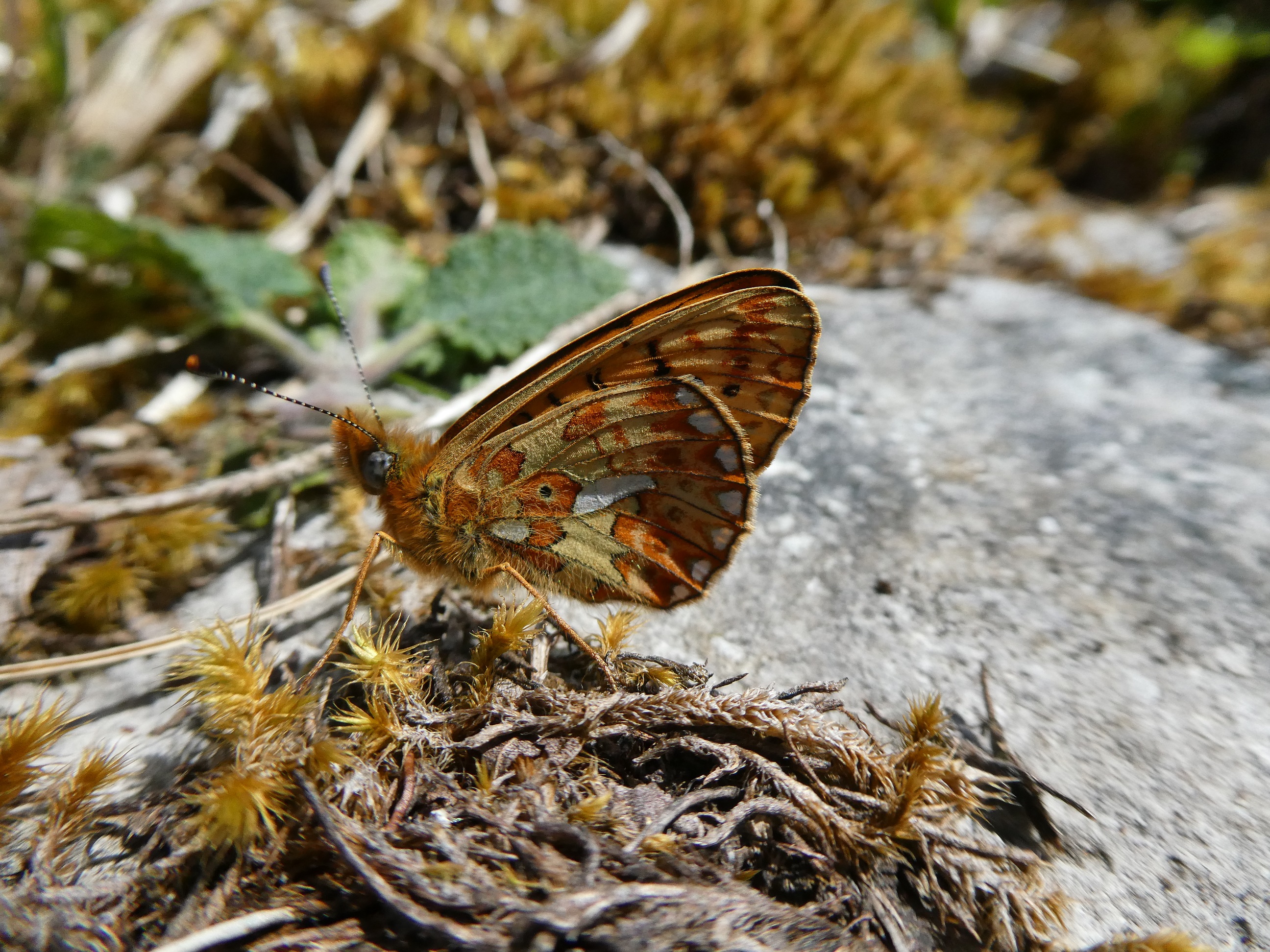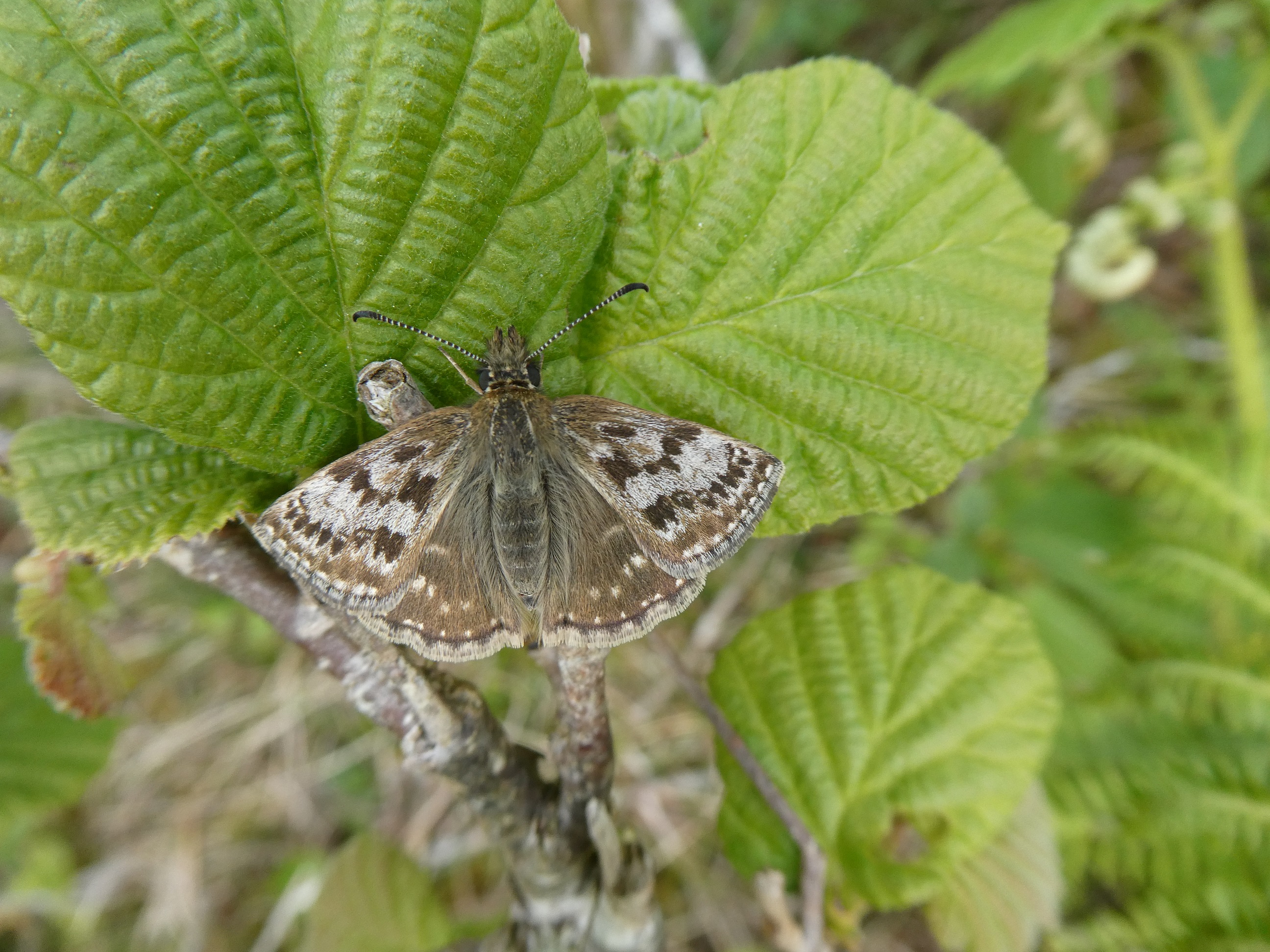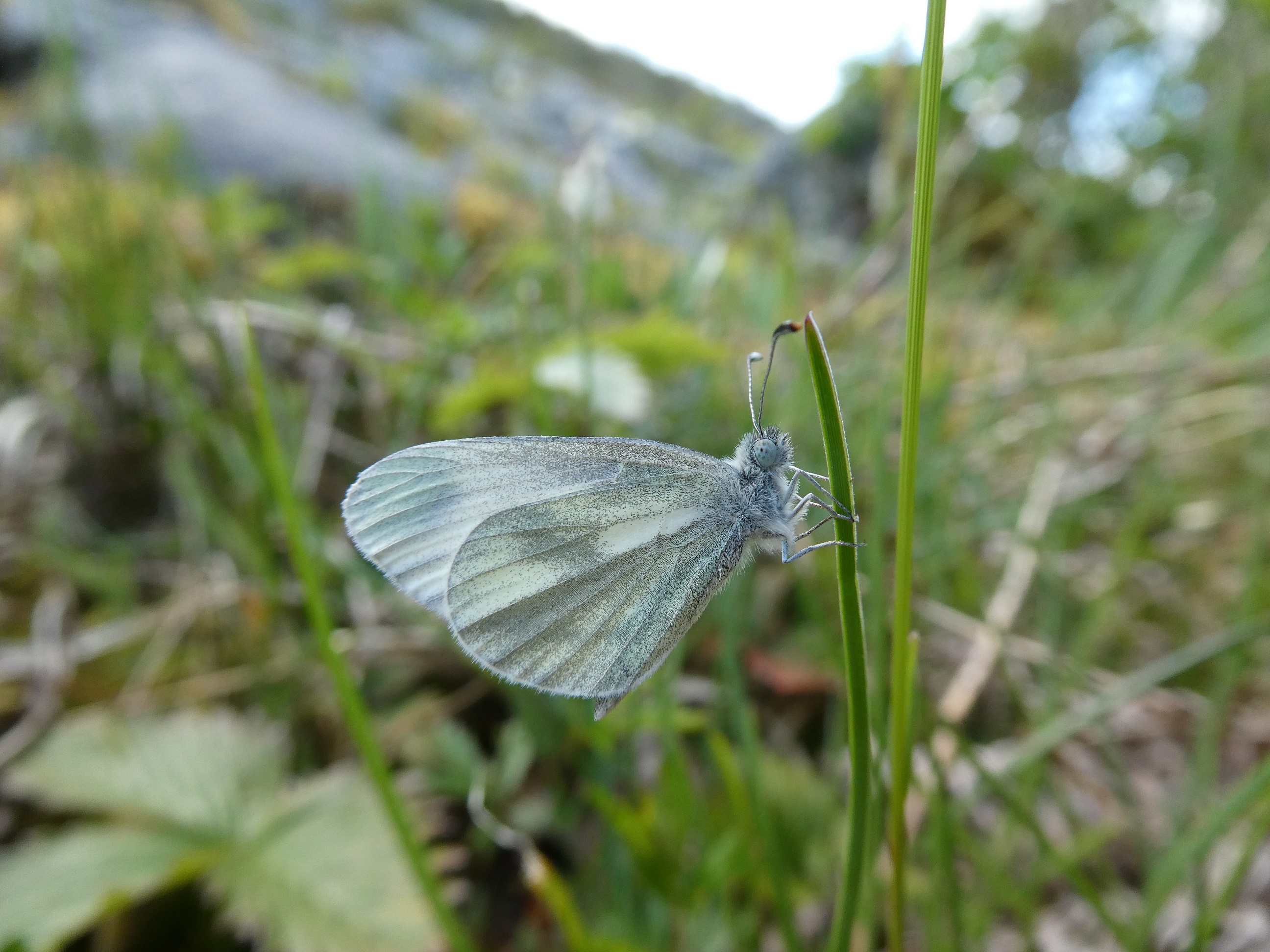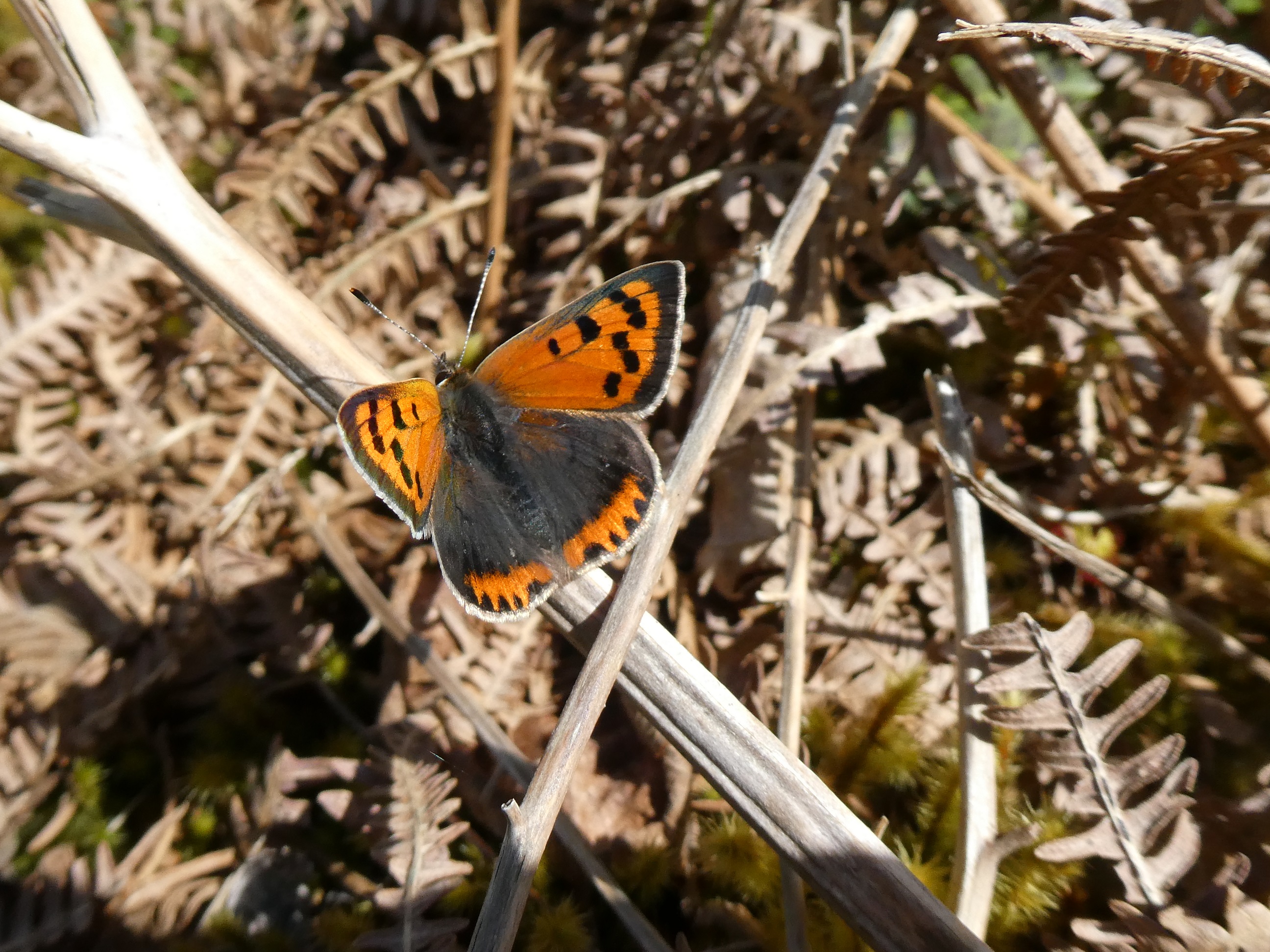At this time of year, the Burren in Counties Clare and Galway is a rewarding place for any butterfly enthusiast. The Burren, an area of exposed carboniferous limestone contains the best habitats in Ireland for most of Ireland’s butterflies, including many of our rarest species.
Much of the Burren remains unspoilt by modern farming. The ground is largely inaccessible to modern machinery and much of the region is legally protected by the designations under the Habitats’ Directive.
The warm limestone and fertile soil pockets produce a wide range of plants that moths and butterflies need for nectar and food for their larvae.
The main habitats for butterflies in the Burren are open scrub and woodland on limestone, limestone pavement with pockets of soil and open limestone grassland. Areas of heathland and species-rich wetland also exist.
I spent much of last Saturday enjoying the butterflies that live in an especially warm, dry, sheltered area near Clooncoose valley containing open limestone pavement, patchy open scrub backed by tall scrub. The air temperature barely reached about 14 Celsius making this warm site the ideal spot to look for these newly-emerging spring species. This is one of my reliable spots, where year after year I am guaranteed to see my target butterflies.
I did not see the Pearl-bordered Fritillary anywhere else in Clooncoose valley that day. I knew the ‘Pearl’ must be running late this year. In 2009 I saw it in numbers in the valley as it abounded in the glorious heat of April that year. But this lovely creature is highly variable in its emergence. The pupa can last a little over a week when the weather is good but the pupal stage can last a month, perhaps longer, in cold weather.
Fortunately, I saw three pristine males. They spent time basking quite frequently between low patrolling flights and the occasional brief pause to feed on the golden Common Bird’s-foot-trefoil blooms. The orange-red wings of this butterfly are a sharp neon on the soft grey limestone and really needs to be admired. This is our rarest native resident and is so specialised there seems little chance of it expanding its distribution in Ireland.
A less dramatic butterfly, the Wood White, also flies low to the ground but instead of the rapid flight of the Pearl-bordered Fritillary, you will notice a feeble, floppy flight. It looks as though it will float to the ground, depleted of vigour but it shows an unexpected resilience for a dainty flyer by staying airborne for long periods. This delicate white is somewhat less restricted in its distribution but is confined to scrub and woods on limestone habitats in Clare, Galway and perhaps Mayo.
A third butterfly, much more widespread than the previous two species, is the Dingy Skipper. In the Burren, this moth-like butterfly is represented by a subspecies, baynesi which is unique to the area. It is paler than the Dingy Skippers found elsewhere. Its paleness helps it to melt into the limestone, aiding its blending ability. This subspecies is recognised widely as a distinct butterfly. The Dingy Skippers I observed were darting about, chasing each other and the Pearl-bordered Fritillaries, all eager to locate a mate.
Interestingly, I saw only one female Dingy Skipper and no female Wood White or Pearl-bordered Fritillary, suggesting that we are very early in the flight period of all three, as the earliest females typically start to emerge a day or two after the first males appear.
Later, two new Small Coppers appeared, their shiny copper adding their glamour to the scene.
All these species have in common a liking for warm, dry well-drained ground found in the Burren, our greatest butterfly haven. If you want to see these butterflies, visit in good weather during May.
